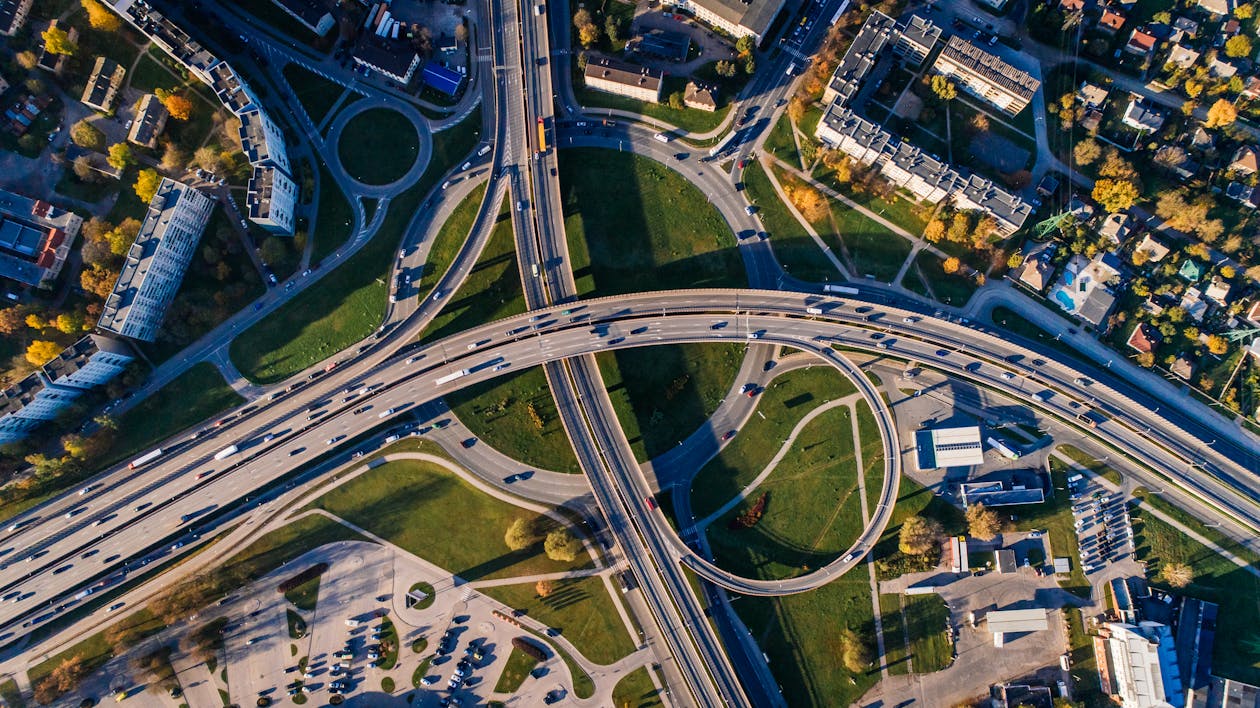
Smart Cities for Healthy Living: The Intersection of Sustainability and Healthy Tech
By Edrian Blasquino
The integration of smart city solutions with health and wellness technology is reshaping urban landscapes, creating spaces that prioritize both sustainability and the well-being of its inhabitants. This exploration reveals how innovative approaches in urban planning and advanced innovations can harmoniously blend environmental stewardship with health-focused initiatives, offering a glimpse into a future where city living is synonymous with a more sustainable lifestyle.
1. Health Monitoring with Smart Technologies
Smart cities leverage technology to monitor and improve public health. Sensors and IoT (Internet of Things) devices track air quality, noise levels, and water quality in real-time, helping to mitigate environmental health risks. Wearable health devices and mobile apps can also be integrated into city health systems, allowing constant monitoring of residents’ well-being.
2. Green Spaces and Urban Design
The design of smart cities significantly impacts resident health. Urban planning focuses on increasing green spaces like family parks, collective gardens, and nature trails. These areas present opportunities for workouts, relaxation, and grounding or earthing practices, which are essential in boosting mental and physical well-being.
Pedestrian-friendly streets and bike lanes promote active lifestyles and reduce pollution. Green spaces also incorporate features like urban farms and interactive installations, fostering social cohesion and environmental awareness.
3. Sustainable Transportation Systems
Smart cities are reimagining transportation for better health outcomes. Electric and hybrid vehicles are promoted to reduce emissions, while public transportation systems are upgraded with smart technologies for efficiency and reduced environmental impact. Bike-sharing programs and electric scooter services offer healthier, eco-friendly alternatives to traditional transportation methods.
4. Energy Efficiency and Clean Energy
Smart cities lead in utilizing renewable energy sources and implementing energy-efficient practices. Solar installations, wind turbines, and smart grids reduce the carbon footprint of cities. Energy management systems optimize consumption, decreasing environmental impact and resulting in a healthier urban environment.
5. Waste Management and Recycling
Effective waste management directly impacts environmental health. This is why smart cities employ advanced waste collection systems, smart recycling bins, and waste-to-energy plants. These systems manage waste effectively, reduce pollution, and promote a circular economy.
6. Smart Healthcare Infrastructure
Technology is also revolutionizing healthcare infrastructure in smart cities. The incorporation of telemedicine allows for remote consultations, bridging the widening gap between patients and healthcare providers. AI-driven diagnostic tools enable quicker, more accurate diagnoses, enhancing the quality of care.
Digital health records facilitate seamless sharing of patient information among healthcare professionals, improving coordination and treatment efficiency. Smart hospitals, equipped with advanced technology like IoT devices for patient monitoring and robot-assisted surgery, enhance patient care and streamline operations.
7. Community Engagement and Public Awareness
Community engagement and public awareness in smart cities are integral to addressing health and sustainability challenges. These cities actively encourage residents to participate in various initiatives, leveraging traditional and innovative methods to promote a healthier and more sustainable lifestyle.
For example, in Long Beach, California, the Smart City Initiative began by surveying residents to gauge their awareness of smart city concepts. This approach highlighted the need for community-centered communication and education, emphasizing the importance of making technological changes transparent and inclusive.
The initiative included activities like ‘data walks,’ where residents are shown smart city technology in their neighborhoods. These nurture awareness and encourage feedback on the relevance of these technologies in the public realm.
8. Using Data to Improve Public Health Policies
The wealth of data available from smart cities is incredibly valuable for shaping public health policies. By scrutinizing this data, we can gain insights into health trends, identify risk areas, and make informed decisions on how to intervene. This data-driven approach ensures that our health policies are tailored to the specific needs of our urban population.
9. Empowering Communities through Smart City Governance
Smart city initiatives rely on effective governance to succeed. City administrations are adopting smart governance models that utilize technology to improve service delivery, transparency, and citizen engagement. This includes digital platforms for addressing civic issues, smart monitoring of public projects, and online portals for accessing public services.
10. Overcoming Challenges and Looking Ahead
While smart cities hold immense potential for promoting healthy living, several challenges need to be addressed. These include safeguarding data privacy and security, bridging the digital divide, and ensuring that residents have easy access to the benefits, regardless of socio-economic status. In the future, smart cities will likely focus on inclusive and holistic approaches that prioritize sustainability and the well-being of every resident.
Parting Thoughts
Smart cities go beyond traditional urban development, offering a future where technology and environmental consciousness intersect to improve urban health and sustainability. These advancements are not just theoretical concepts but practical solutions actively shaping our cities. They bring the promise of healthier and more efficient urban living, where advanced technology and sustainable practices become a reality for residents.
This vision of smart cities serves as a compelling call to action for urban planners and policymakers, providing a blueprint for creating vibrant and livable communities that prioritize the health and well-being of their inhabitants.
 About the author: Edrian is a college instructor turned wordsmith, with a passion for both teaching and writing. With years of experience in higher education, he brings a unique perspective to his writing, crafting engaging and informative content on a variety of topics.
About the author: Edrian is a college instructor turned wordsmith, with a passion for both teaching and writing. With years of experience in higher education, he brings a unique perspective to his writing, crafting engaging and informative content on a variety of topics.
Now, he’s excited to explore his creative side and pursue content writing as a hobby.